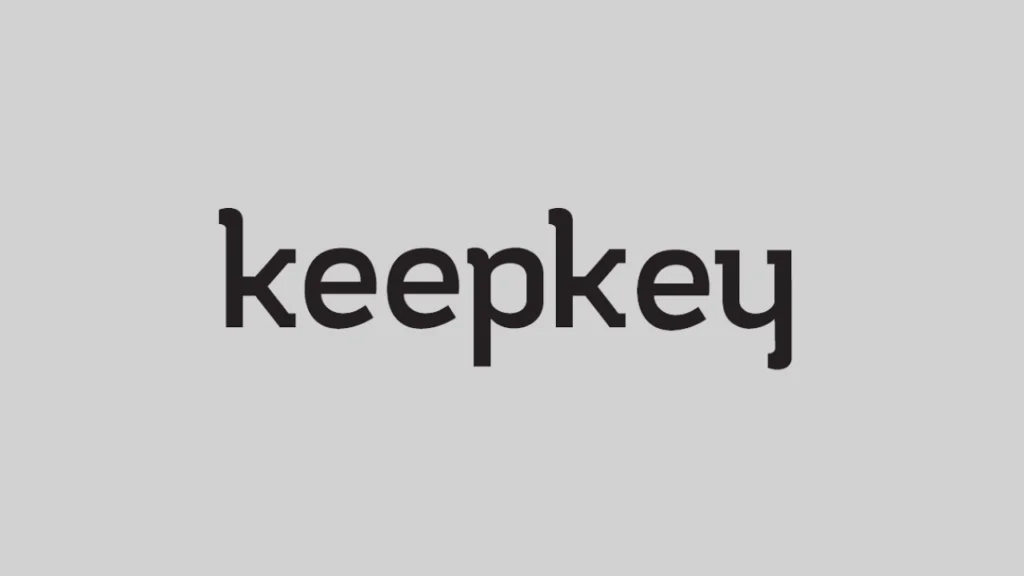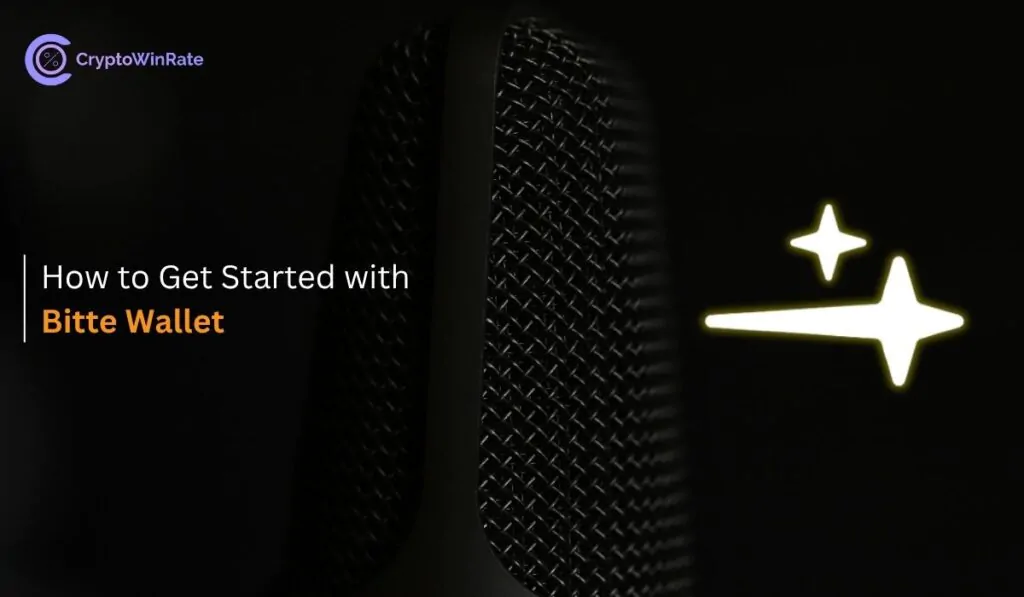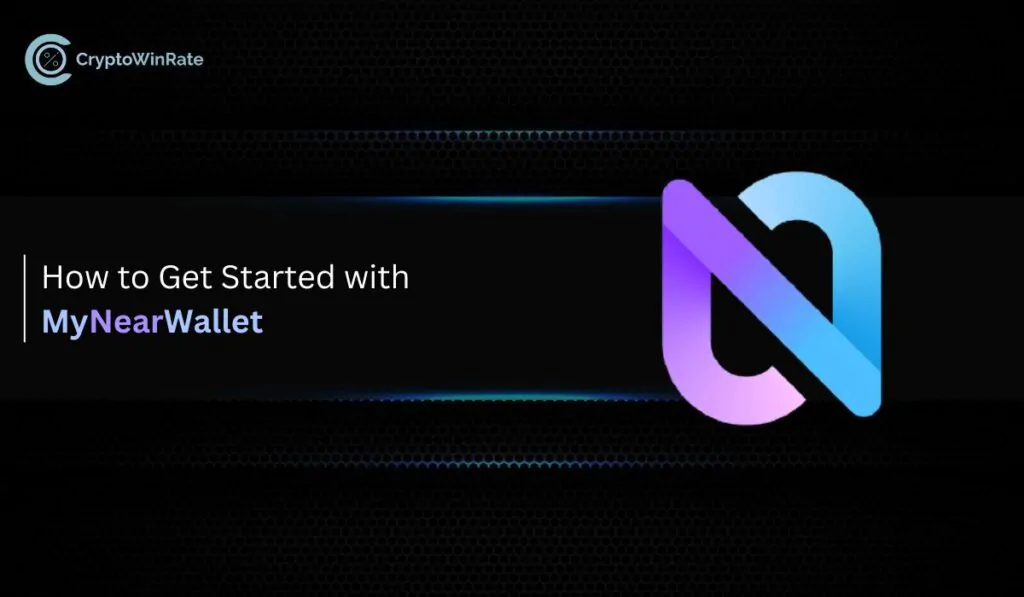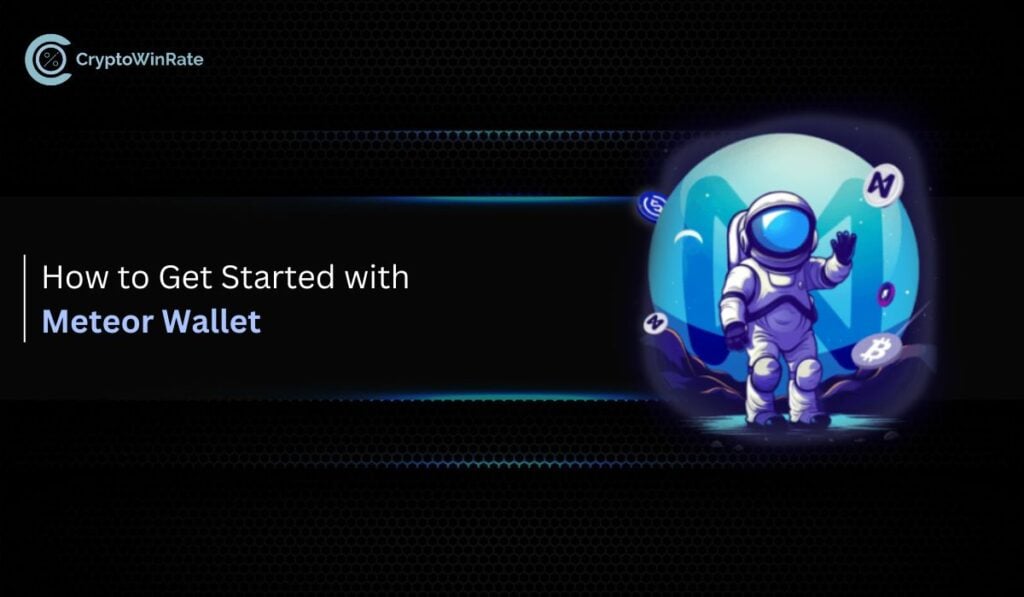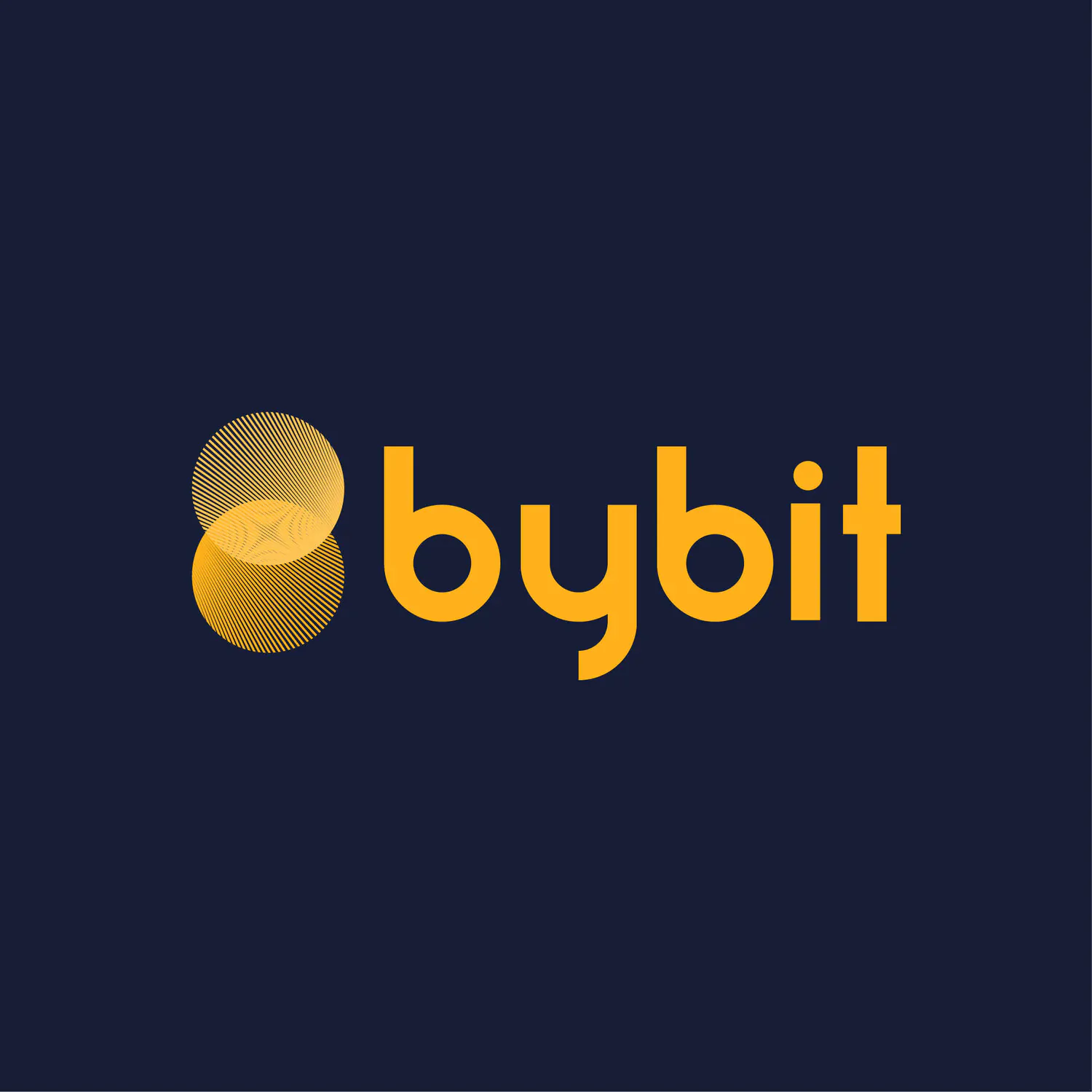KeepKey serves as a hardware wallet for cryptocurrencies. It is a tangible item made and sold by ShapeShift, a cryptocurrency exchange with headquarters in Switzerland but operations in Denver. With this physical cold storage wallet, you can protect your digital money assets. KeepKey interacts with your computer to produce a private key using randomness whenever you can access your virtual assets. KeepKey is unique among hardware wallets since it prioritizes security while also emphasizing design. Currently, KeepKey’s hardware wallet supports more than 40 cryptocurrencies. It ranks third among significant hardware wallets now on the market, after products from TREZOR and Ledger.
In this article, we will touch on all that you need to know about this wallet.
KeepKey Features
The most standout attribute of KeepKey lies in its fundamental nature as a hardware wallet. This classification provides an elevated tier of security under its ability to prevent your private keys from contacting your internet-connected device, which is typically utilized for initiating cryptocurrency transactions. Signing transactions occur within this separate, offline hardware, thereby establishing a protective barrier against remote adversaries who seek unauthorized access to your cryptocurrency keys.
ShapeShift concurrently operates a non-custodial exchange. The amalgamation of a KeepKey hardware wallet with the ShapeShift exchange of similar nature presents an attractive proposition for traders who prioritize bolstered security measures for safeguarding their financial assets.
Furthermore, the company responsible for the wallet’s development has introduced KeepKey Desktop. This solution streamlines the direct swapping of cryptocurrencies from the wallet interface. Incorporating a desktop decentralized application (dApp) store further expands its capabilities, enabling users to engage with a diverse array of decentralized applications seamlessly.
KeepKey Pros & Cons
Pros
Intuitive and Stylish Design
Even though many hardware wallets might be difficult to use, our KeepKey review makes note of how user-friendliness measures up. KeepKey stands out for its astonishing simplicity, with only one button for power management. The mobile application effortlessly coordinates all extra processes, including entering your PIN and establishing the recovery seed.
Cheap
KeepKey stands out as an economical hardware wallet, priced lower than most of its rivals, rendering it an enticing choice for newcomers and seasoned cryptocurrency traders. Its robust security features and extensive support for various coins and tokens contribute to its substantial value for its cost.
Diverse Cryptocurrency Support
Currently accommodating 7,217 crypto assets and 348 blockchains, KeepKey empowers users to transact and securely store a wide array of cryptocurrency coins and tokens. Notable examples include Bitcoin, ethereum, dash, dogecoin, and litecoin. The company’s website facilitates a comprehensive search for supported digital assets, while KeepKey enables the use of an unlimited number of wallet addresses.
Cons
Less Established than Ledger or TREZOR
While KeepKey has established itself in the hardware wallet industry for cryptocurrencies, it could not have the same market dominance and awareness as newcomer competitors like Ledger and TREZOR. These later brands have a well-established reputation in the market since they have a longer history and a larger user base.
Lacks Compatibility with iPhones
A notable limitation of KeepKey is its inability to function seamlessly with iPhones. This could be a drawback for users primarily using Apple devices, as they must seek alternative options for accessing their cryptocurrency holdings and conducting transactions.
No Bluetooth Support
Unlike some competing hardware wallets, KeepKey lacks Bluetooth support. This omission could impact the convenience of connectivity for users who prefer wireless interactions with their devices. KeepKey’s reliance on traditional wired connections might be seen as a drawback compared to more modern and wireless-enabled alternatives.
Getting in Touch with KeepKey Customer Support Can Be Problematic
It might be challenging to contact KeepKey’s customer service. Discord serves as the company’s main method of communication, which may not be comfortable or familiar to all users. Although KeepKey mentions all of its social media pages on its website, it’s vital to remember that all support correspondence now takes place via the Discord Ticket system. Users’ habitual support-seeking routines may be disturbed by this departure from the prior Zendesk Support architecture, necessitating adjustment to the new one.
Lacks the Ease of Online Wallets
KeepKey functions as a USB human interface device (HID). Thus, the hardware must be connected to a computer to access cryptocurrencies. Although it still works with popular operating systems like MacOS, Windows, and Linux, its use is limited to stationary settings. Compared to app-based hot wallets, which often enable trading across many platforms, including smartphones and tablets, this makes it less practical for everyday transactions.
Bulky and Weighty
KeepKey features a considerable form factor larger than most other crypto wallets on the market. Although the large screen improves use, it also adds to the device’s weight, making it difficult to carry.
This worry may not be as important if the wallet is stored away at home, but deciding to carry it in a pocket (albeit not advised) can cause some pain. The choice as to the relevance of this 54g weight is left up to the individual user.
Susceptibility to Loss and Damage
KeepKey is subject to the inherent dangers of loss or physical damage, just like any hardware crypto wallet. Access to digital assets will be lost in the unfortunate case of either scenario, requiring the retrieval of private keys.
KeepKey Supported Cryptocurrencies
The KeepKey hardware wallet boasts extensive compatibility with various digital assets, accommodating over 7,000 distinct digital assets across 350 diverse blockchains. Remarkably comprehensive, there are scarce few assets that remain unavailable on the KeepKey platform.
Some prominent crypto assets that enjoy support from KeepKey include Bitcoin, Ethereum, Avalanche, Dogecoin, Solana, and Litecoin. Also, the hardware wallet supports more than 1000 ERC-20 tokens.
KeepKey Supported Operating Systems
KeepKey wallets are compatible with a wide range of desktop operating systems, providing users with a seamless experience in various computing settings. It’s crucial to remember that this technology only works with desktop PCs since not all mobile operating systems can make use of its capability.
Although it is possible and reachable to integrate KeepKey wallets with Android wallets, there is an important exception for iPhone users. The KeepKey hardware wallet’s incompatibility with iPhones due to the lack of Bluetooth connectivity in its setup limits the device’s use for users primarily dependent on Apple’s mobile environment.
KeepKey Crypto Wallet Pricing
The KeepKey cryptocurrency wallet gadget provides a cost-effective, less expensive alternative than many competitors at $49 per unit. For instance, KeepKey’s pricing stands out when compared to the Ledger Nano S Plus, which costs $79, and the well-known TREZOR One, which costs $49. It’s crucial to understand that if you buy the KeepKey outside of the United States, the final price may vary because of taxes, import levies, or shipping costs.
By default, the official KeepKey website directs customers to the company’s dedicated Shopify shop to buy wallets. However, there is the option to purchase the item via several channels, such as Amazon.com or ShapeShift’s retail shop. Additionally, KeepKey expands the range of accessible purchase alternatives for interested customers by facilitating access to the device via nation-specific resellers based in Poland, Brazil, and Sweden.
KeepKey FAQ
How does KeepKey compare to Other Wallets?
An immediate observation that frequently captures the attention of cryptocurrency users regarding the KeepKey hardware wallet is its comparatively lower price tag when juxtaposed with the two prominent alternatives prevailing in the market. This divergence in pricing could be attributed, in part, to KeepKey’s distinct position in the landscape, which lacks the equivalent degree of brand recognition and established trust that Ledger and TREZOR enjoy.
KeepKey implements a unique chip within its hardware architecture to enhance the safeguarding of users’ private keys against potential attackers. Notably, the identical chip employed in TREZOR hardware wallets is utilized by KeepKey, fostering a notable connection between these hardware security solutions. Also, devices developed by Ledger can be seamlessly integrated with the ShapeShift cryptocurrency exchange.
Does KeepKey have an App?
KeepKey does not have a native mobile app. Alternatively, you can access KeepKey with the MyCelium app. You can download the MyCelium app on any Android or iOS device. Additionally, KeepKey has a Google Chrome extension built to interact with the hardware device. Remember that you need an OTG cable to connect your KeepKey Hardware wallet to your phone or desktop to access the app.
Does KeepKey Support Bitcoin SV?
Sadly, the KeepKey hardware wallet does not offer support for Bitcoin SV. Nevertheless, it’s important to note that the KeepKey client does extend compatibility to Bitcoin, Bitcoin Cash, and Bitcoin Gold.
Can I Purchase KeepKey on Amazon?
Yes, Amazon does offer the KeepKey wallet for purchase. However, it’s critical to recognize that placing a middleman in the path between you and the hardware wallet maker may result in a security flaw. It’s critical to stress that you should try to limit the number of people to whom your hardware gadget is exposed before being used for the first time. The best option continually focuses on creating a direct link between the hardware producer and the end user in situations involving security-sensitive technology like this.
Does KeepKey Support XRP?
KeepKey does offer support for XRP. ShapeShift introduced this cryptocurrency in May 2020. Hence, KeepKey users can seamlessly send, receive, trade, and hold XRP through the KeepKey wallet in conjunction with the ShapeShift cryptocurrency exchange.
What Happens if I Misplace my KeepKey?
What happens if you lose your KeepKey device depends on the safety measures you took before it was lost. You should be able to use the recovery process to regain access to your whole portfolio of crypto assets if you had previously recorded your 12-word recovery seed before the device went lost.
Even while the recovery phrase is crucial when dealing with a lost device, it is crucial to stress the importance of treating this backup with the greatest care. The justification for this warning is simple: if someone is able to access your recovery seed without authorization, the degree of protection provided by your hardware wallet is no longer important. The prospective attacker may easily enter the recovery seed into a different KeepKey device to acquire access to your cash and reroute them to their crypto addresses.
Has KeepKey ever been a victim of hackers?
There have been two significant security issues. The STMicroelectronics chip, used in the TREZOR hardware wallet and also in KeepKey devices, was first found to have a vulnerability in 2017.
A person with physical access to a device could quickly recover its backup seed within 15 seconds thanks to the hack that affected both TREZOR and KeepKey devices at the time. A combination of software and hardware flaws allowed for the facilitation of this attack. It’s important to note that KeepKey later disputed the idea that the seed phrase could be extracted from a hardware device quickly.
Conclusion
KeepKey distinguishes itself as one of the top offline digital asset storage options despite its low pricing. It serves as a reliable hardware wallet by acting as a safe place for your private keys and giving you a secure way to access and manage your coins and tokens. KeepKey sets itself apart with a wide range of powerful security measures, solidifying its image as a trustworthy guardian of your crypto assets.
When it comes to physical characteristics, KeepKey is bigger than other popular crypto wallets. Despite its rather heavy weight, the large screen substantially improves user-friendliness. Setting up the wallet and carrying out transactions, such as sending and receiving assets, are both logically simple. Overall, KeepKey offers a practical and enticing alternative for people who are interested in retaining cryptocurrencies for a long time.

